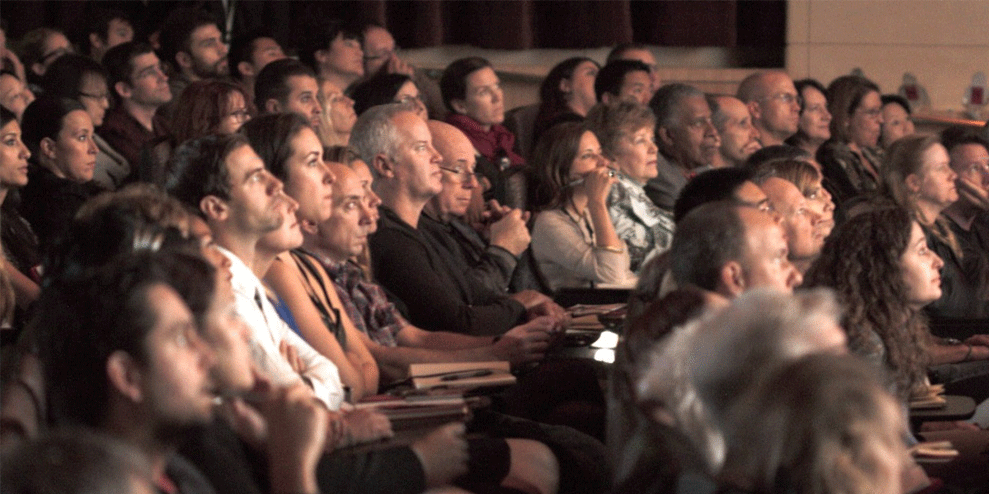You’ve got a great product to sell, a creative campaign strategy and an awesome team … so why aren’t you attracting the attention you deserve?
The harsh truth is we are all marketing in a massively crowded space. In just one internet minute, Facebook users will treat their friends to 147,000 new photos, Instagrammers will push out 347,222 stories to their followers and YouTubers will post 500 hours of new video.

With a basic understanding of the science of attention, you can break through the clutter and help … [+]
GETTY
“We are bombarded with an ever-growing stream of information,” explains Andrew Kucheriavy, a user experience expert and founder of UX agency Intechnic. “Wasting time on information processing has become an annoyance—our cognitive ability is limited, as we dislike expending it on information of no value.”
Kucheriavy believes our brains are evolving to effectively tune out input we don’t recognize as being valuable. He also believes marketers can use this phenomenon to their advantage by accepting our seriously limited attention spans and giving our brains something they consider important.
Let’s look at three simple ways to help you cut through the fog and get noticed.
1. Make it move.
The human brain is hardwired to respond to movement. Scientists largely agree this developed as a survival tactic in our ancestors, who were constantly on guard against the proverbial tiger behind every tree. Movement makes our brains sit up and pay attention, to evaluate potential threats.
Our brains don’t realize they can stand down while browsing on social media, so adding movement to your static images with a photo-animating app like Pixaloop will help them be seen. This gives you the advantage of using video in your ads—according to Twitter, tweets with a moving GIF prompt 55% more engagement—without the production time and expense of actual video creation.
Think beyond social ads, too. Long-form copy, blog posts and other non-ad media all benefit from motion. When you find creative ways to incorporate video, GIFs and animation into your content, your audience’s attention will follow.
2. Use better words.
In a fascinating study published earlier this year in Frontiers of Psychology, researchers found that the words associated with visual stimuli actually shape the perception of what viewers see, and a good match between the visual and the copy garnered more attention.
“In everyday life, people use words to communicate what they see in the world around them, usually without considering that those same words might actually be shaping what they see,” the study noted.
In the experiment, participants were shown facial images, along with accompanying emotion words or control words. The researchers found the emotional words attracted more attention than the control words. They also discovered that participants paid more attention to the visual when the emotional word matched the emotion depicted in the image.
What can marketers take away from this? Make sure your ad copy succinctly elicits the emotion you want to get across to make your writing more direct and powerful. Whether you want to inspire warm and fuzzy feelings about your product, fear of missing out on its benefits or some other emotion, using copy that jives with your visuals will help ensure that your audience is receiving the message you want to convey.
3. Get enlightened about color.
Part of effective marketing is understanding the psychology of color. We know color can dramatically impact onsite conversion rates, and the same is true for gaining attention on social media. Using the right colors in a cohesive palette will help you make a visual impression and can even influence memory and recall. One study found that participants had 5%-10% better visual memory when images were presented in color rather than black and white.
To best use hues to grab your audience’s attention, start by educating yourself about basic colors and the emotions they trigger. Looking to inspire passion and excitement? Paint it red. Hoping to convey a serene authority? Try blue. Every color sends a message, and employing a color palette selector like Coolors will give your designs some instant emotional punch.
Gaining attention is a constant struggle for marketers, and it’s becoming more difficult every day as the internet minute becomes more and more saturated. Yet with a basic understanding of the science of attention, you can break through the clutter and help your audience members find the products that will work for them.
This article first appeared in www.forbes.com
Seeking to build and grow your brand using the force of consumer insight, strategic foresight, creative disruption and technology prowess? Talk to us at +971 50 6254340 or mail: engage@groupisd.com or visit www.groupisd.com/story




